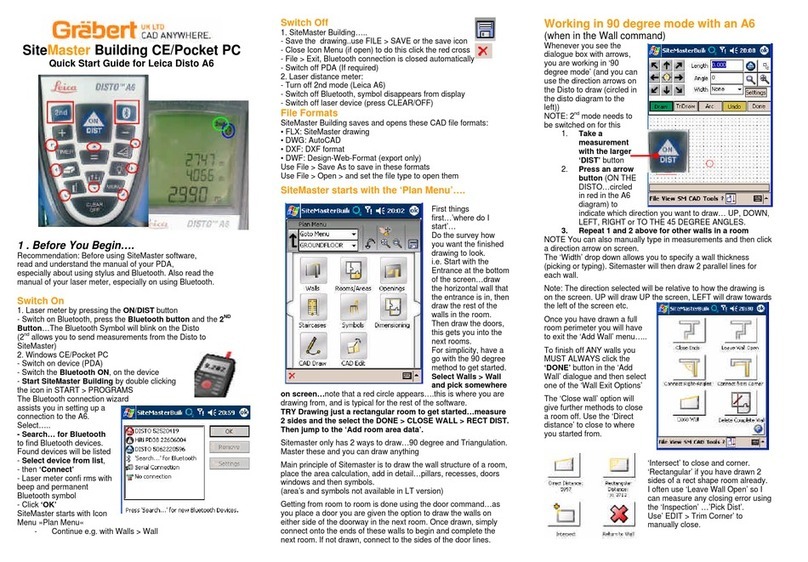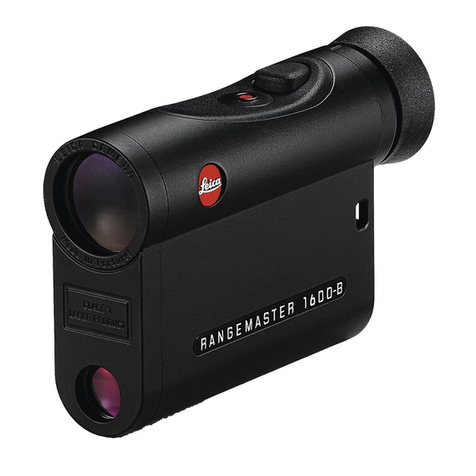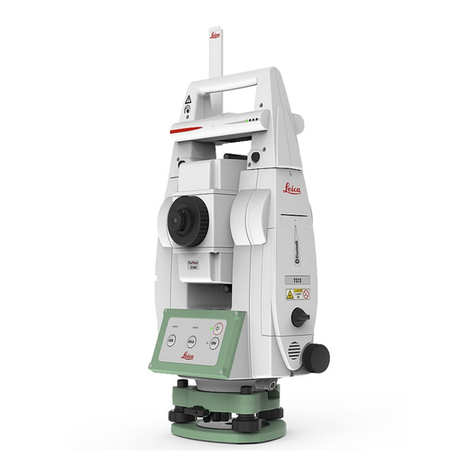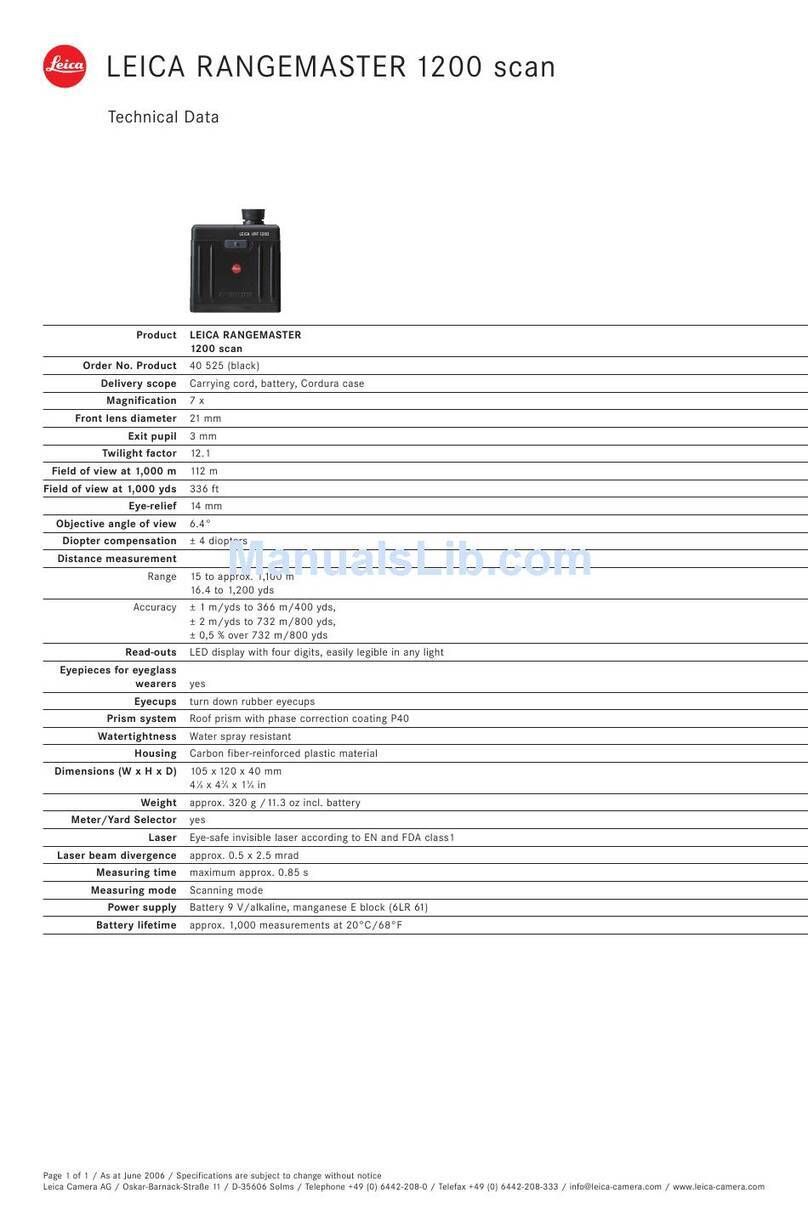
8TPS1100 - User Manual 1.2.1en
Contents
Contents (continued)
System parameters ..................................... 87
General parameters .................................................. 87
Date................................................................................ 87
Date form........................................................................ 87
Time ............................................................................... 87
Time form. ...................................................................... 87
Alpha mode .................................................................... 87
Key beep ........................................................................ 87
Configurationparameters .......................................... 88
Autoexec. ....................................................................... 88
Language ....................................................................... 88
Dist. Unit......................................................................... 88
Dist. Dec......................................................................... 88
Angle Unit....................................................................... 88
Angle Dec....................................................................... 88
Temp. Unit ...................................................................... 89
Press. Unit...................................................................... 89
Coord. Seq. .................................................................... 89
Hz system....................................................................... 89
Face I ............................................................................. 89
Compensator.................................................................. 90
Hz-Corr. .......................................................................... 90
Sect. Beep...................................................................... 91
Sect. Angle ..................................................................... 91
V-Display ........................................................................ 91
Power mode ................................................................... 91
Power Time .................................................................... 92
Dist. Delay ...................................................................... 92
Measurement parameters ......................................... 92
Pt. Id. mode .................................................................... 92
Offs. Mode ...................................................................... 92
Increment ....................................................................... 93
Work settings ............................................................ 94
Meas Job........................................................................ 94
Data Job ......................................................................... 94
Codelist .......................................................................... 94
Quick-Code .................................................................... 94
Data format .................................................. 95
Introduction ............................................................... 95
Format with 8 or 16 characters .................................. 95
Block concept............................................................ 96
Structure of a block ................................................... 96
Measurement block ................................................... 97
Code block................................................................ 97
Terminator of a data block ......................................... 97
Structure of a word .................................................... 98
Word index (positions 1 - 2) ............................................ 98
Information relating to data (positions 3 - 6) .................... 99
Data (positions 7 - 15/23) ............................................. 100
Separating character (position 16/24) ........................... 101
Block number ............................................................... 101
Units of measurement .................................................. 102
Example of data format ........................................... 102
Format of a theodolite measurement block ................... 103
Format of a code block ................................................. 105


















































